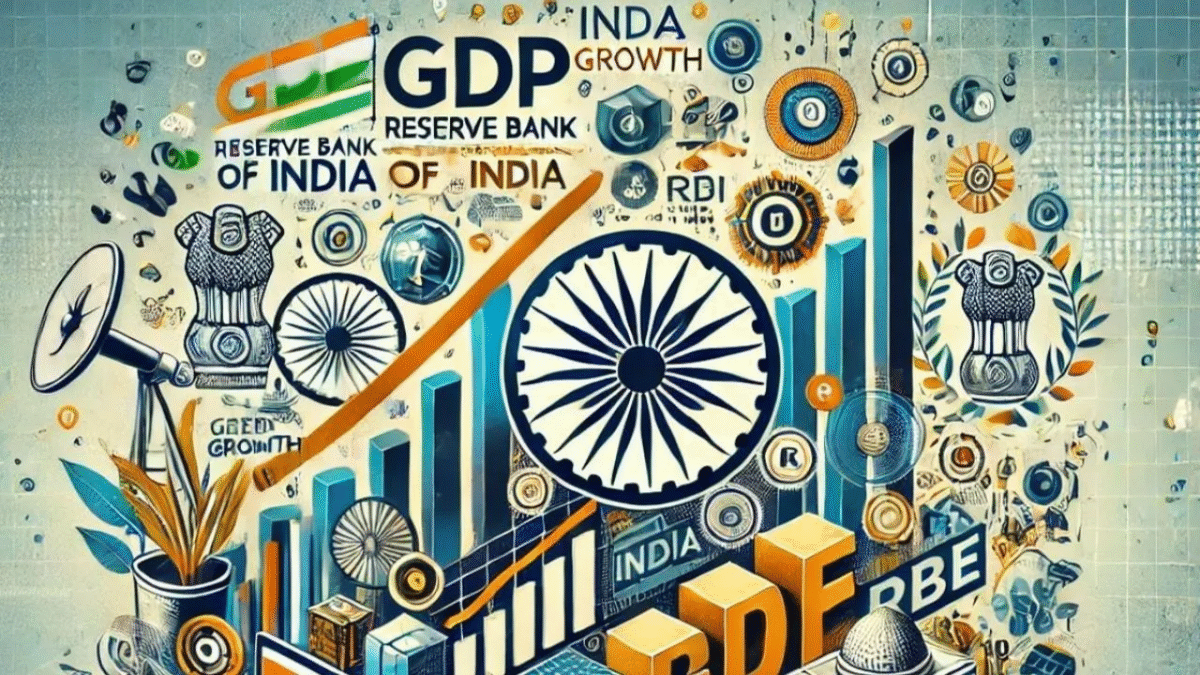Moody’s Cuts India’s 2025 GDP Growth: The global rating agency Moody’s Ratings on Tuesday reduced the growth of India’s GDP (GDP) for 2025 from 6.5 percent to 6.3 percent. The rating agency said that uncertainty about American trade policy and trade obstacles would put pressure on global economies.
Moody’s said in its ‘Global Macro Outlook’ 2025-26 (May edition) that geopolitical tensions like tension between India and Pakistan are also likely to have a negative impact on its basic development scenario. Moody’s stated that the new geopolitical environment is expected to increase the cost for investors and businesses, as they will decide about the investment, expansion or source of goods.
Moody’s has revised India’s development forecast to 6.3 percent for the calendar year 2025, but retained it at 6.5 percent for 2026. This is less than an increase of 6.7 percent in 2024. Moody’s hopes that the Reserve Bank of India (RBI) will further cut policy rates to promote development.
The rating agency said, “This year was expected to have a slowdown in economic development and it would be back to its possible rate. We have reduced our global development forecasts for 2025 and 2026 due to policy changes and more policy uncertainty, especially in two largest economies, in the US and China, especially in the US and China.” Moody’s said that due to policy uncertainty, the pace of development may be further slowed in 2025, which will affect consumers, businesses and economic activities.
What will be global development?
Moody’s has estimated the growth rate of its GDP growth for the US to 1 percent in 2025 and 1.5 percent in 2026, first 2 percent and 1.8 percent. In comparison, 2024 will increase by 2.8 percent. For China, Moody’s expects 3.8 percent in 2025 and 3.9 percent in 2026, less than 5 percent in 2024.
Moody’s said, “It is clear that the American trade strategy is still in the stage of development.” “Except for China, which has imposed 125 percent tariff on most US imports and restricted rare Earth’s exports to the US, most of the major trading partners have decided not to retaliate so far. Overall, we believe that the US is currently at the most effective tariff rate and will be reduced in the coming months.”
Stress increased worldwide
In recent times, tension has increased between China and the Philippines in India and Pakistan and South China Sea in South Asia. It has been linked to unresolved wars in Russia and Ukraine as well as conflicts in the Middle East. Tensions have increased worldwide after the terrorist attack on 22 April in Pahalgam, Jammu and Kashmir.
